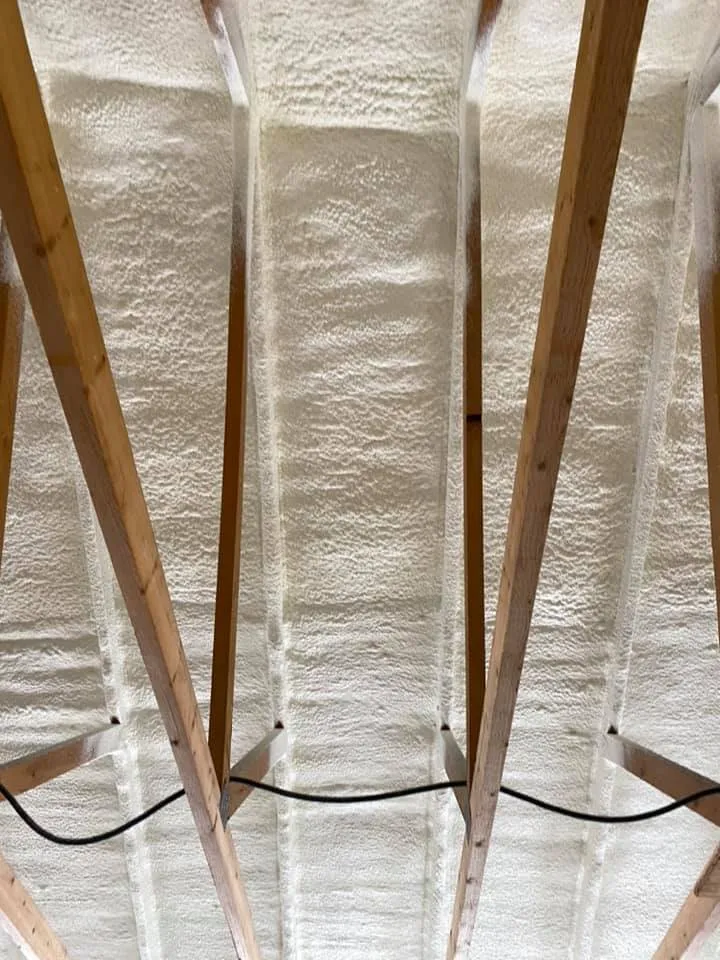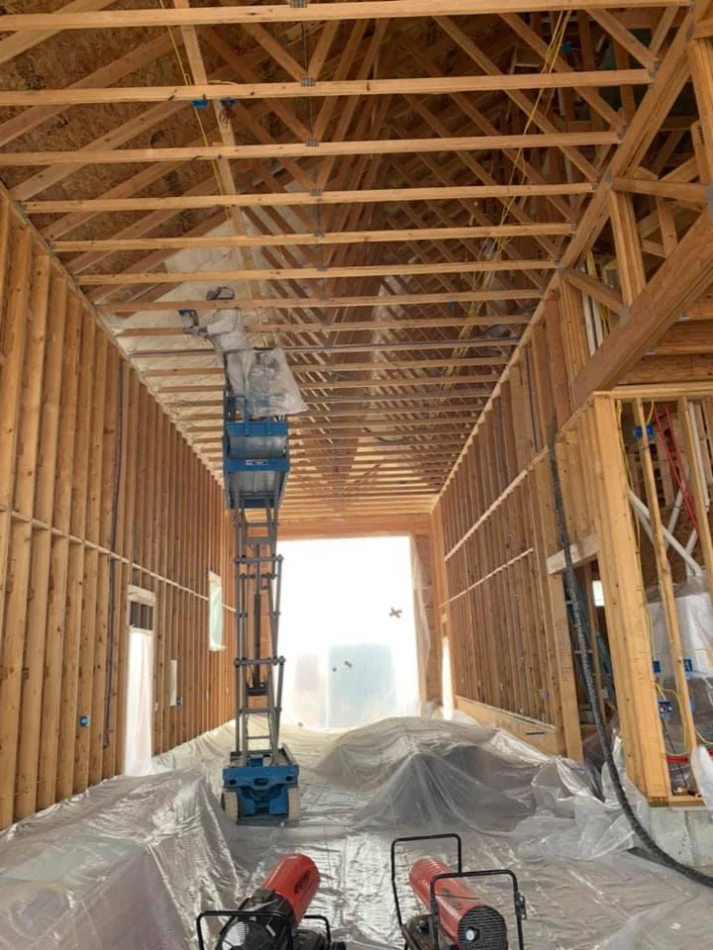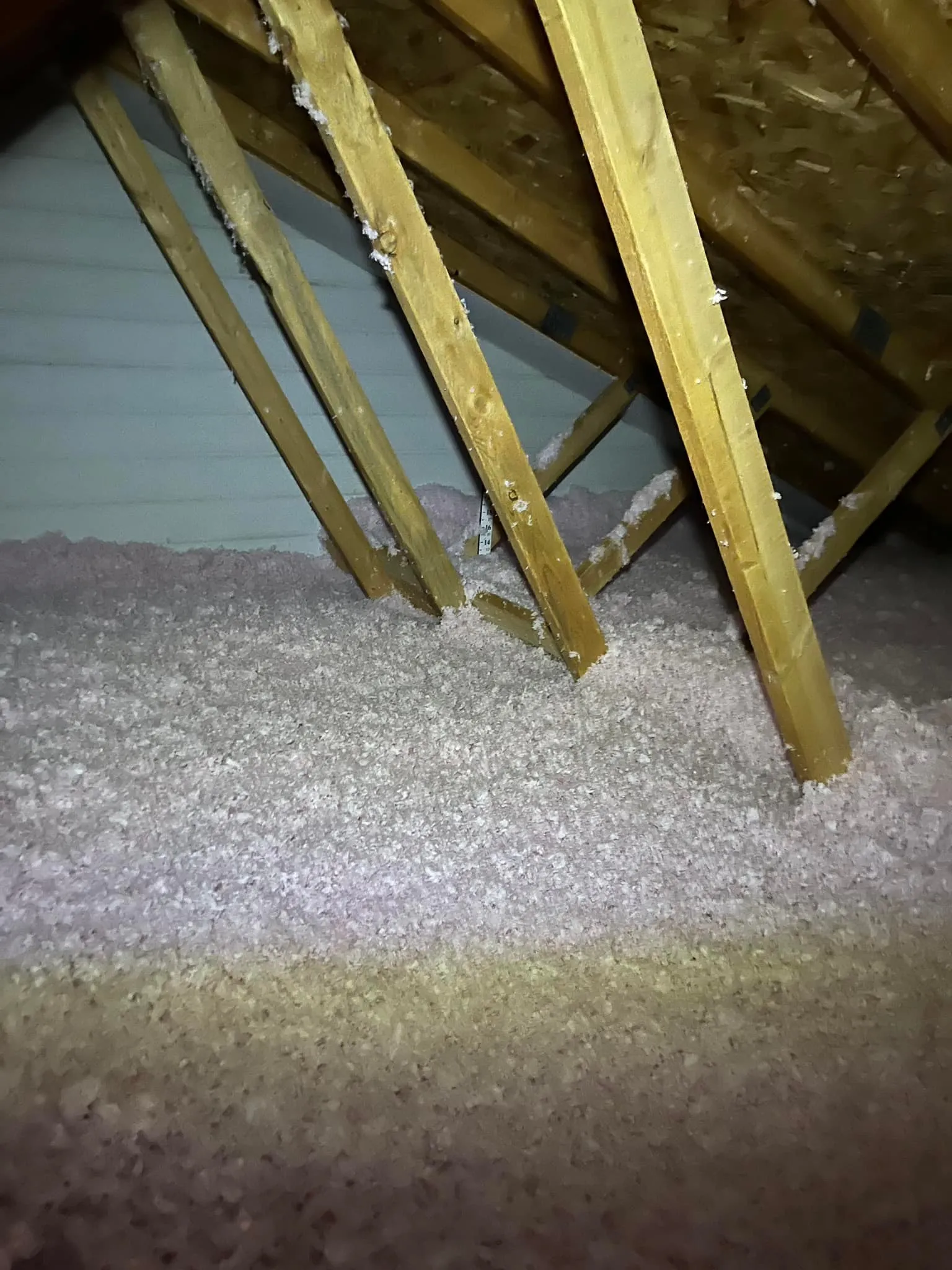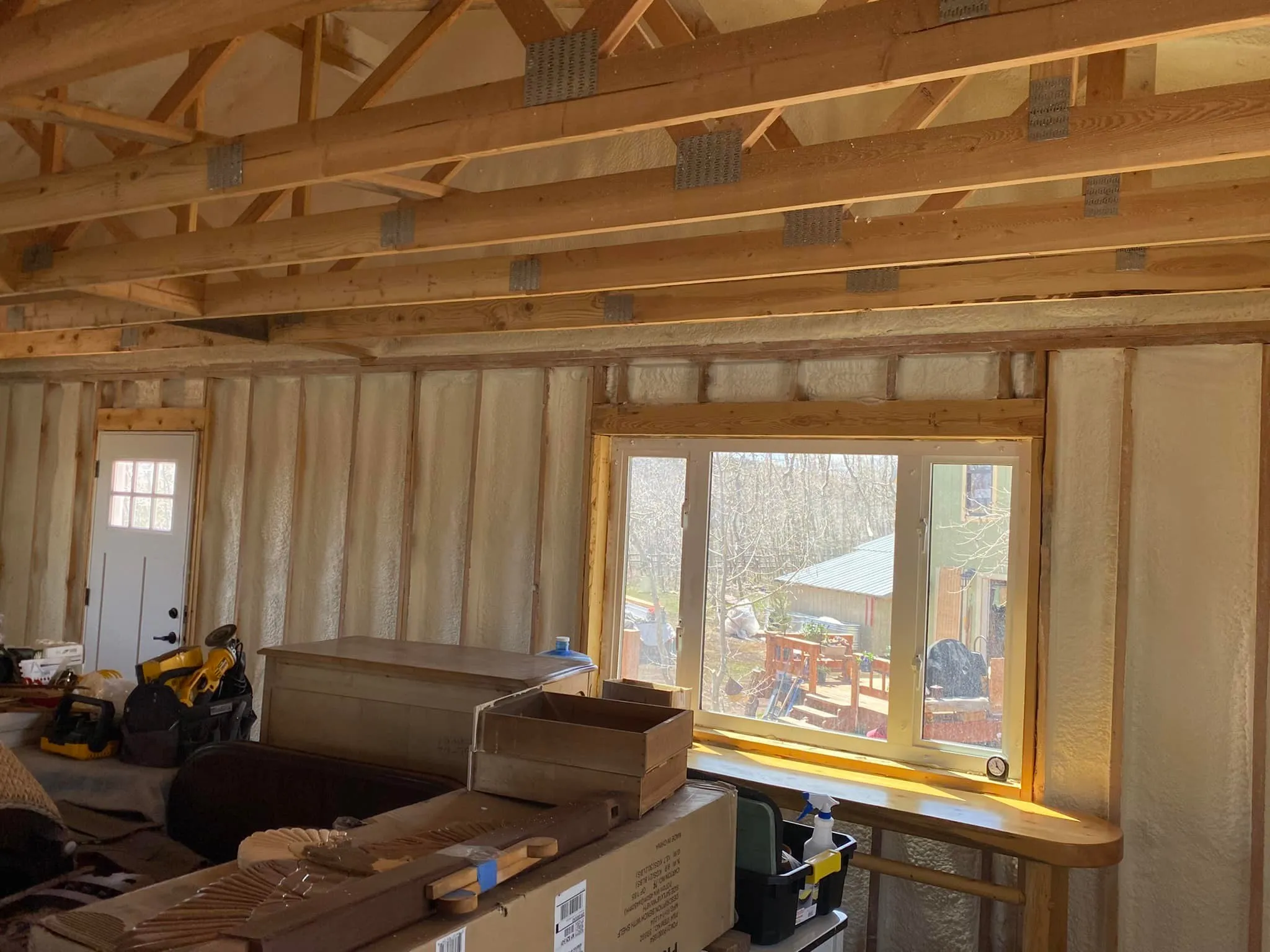

Spray foam insulation delivers the highest resistance to heat flow, making it the most efficient option for pole barns in harsh climates. Closed cell spray foam, in particular, performs well under extreme temperature swings, prevents condensation, and increases structural rigidity. Open cell spray foam offers value in moderate climates or internal partitioning, but its air sealing capacity still plays a role in moisture management.
Spray foam combines thermal insulation and air sealing into one application, which helps control internal temperatures in pole barns exposed to high winds, subzero winters, or prolonged sun exposure. High Country Solutions relies on tested results from agricultural and industrial clients operating in Wyoming and surrounding regions. First-hand field data confirms lower energy loss and reduced maintenance issues in structures insulated with spray foam.
Air infiltration can compromise any insulation method. Spray foam creates a continuous air barrier that helps prevent cold drafts, dust, and moisture entry. In pole barns, which are often vented and experience large temperature gradients, this control reduces interior condensation and microbial growth.
Bonus Tip: For pole barns used to store feed, machinery, or livestock, moisture resistance can extend the lifespan of both the structure and its contents.
R-value measures thermal resistance. Closed cell spray foam delivers a high R-value per inch and doubles as a vapor barrier, minimizing thermal bridging. This keeps interior temperatures stable despite external extremes.
Technical Specifications: R-Values and Material Characteristics
| Insulation Type | R-Value per Inch | Air Barrier | Vapor Barrier | Moisture Resistance | Adds Structural Strength |
|---|---|---|---|---|---|
| Closed Cell Spray Foam | 6.5 – 7.0 | Yes | Yes | High | Yes |
| Open Cell Spray Foam | 3.5 – 3.8 | Yes | No | Moderate | No |
| Fiberglass Batts | 2.9 – 3.8 | No | No | Low | No |
| Blown-In Cellulose | 3.2 – 3.8 | No | No | Low | No |
A Department of Energy study (ORNL, 2022) confirms buildings insulated with spray foam experience up to 50% less energy loss compared to traditional materials. In pole barns, where HVAC equipment is often minimal or absent, energy retention directly translates to interior usability and material preservation.
Closed cell foam increases shear and racking strength when applied between framing. This makes pole barns more resistant to wind stress and snow loads common in northern and high-elevation regions.
Bonus Tip: In areas with frequent freeze-thaw cycles, closed cell foam can reduce expansion-contraction damage in wall systems.
Comparison of Insulation Options for Pole Barns in Harsh Climates
| Criteria | Closed Cell Spray Foam | Open Cell Spray Foam | Blown-In Insulation | Fiberglass Batts |
|---|---|---|---|---|
| Suitable for Extreme Cold | Yes | Limited | No | No |
| Moisture Protection | Excellent | Moderate | Poor | Poor |
| Durability in Farm Use | High | Moderate | Low | Low |
| Rodent Resistance | High | Moderate | Low | Low |
| Initial Application Cost | Higher | Moderate | Lower | Lower |
Before applying spray foam, evaluate:
Bonus Tip: In wildfire-prone areas, closed cell spray foam’s Class 1 fire rating offers additional risk reduction.
High Country Solutions provides insulation systems that support climate resilience and long-term building integrity:

Properly applied foam can last 30-50 years without losing performance.
Minimal. Annual checks for impact damage or UV exposure near openings are recommended.
Closed cell foam resists pests better than batt insulation, but exposed areas should be covered with a protective facing in high-traffic zones.
Yes. Both open and closed cell reduce airborne sound transfer. Open cell is slightly better for sound absorption.
Yes. Hybrid systems use foam for air sealing and another material to meet code or cost goals.
Spray foam insulation is well-suited for pole barns in extreme climates. Closed cell offers superior thermal and moisture resistance. Application improves structural durability, lowers energy loss, and controls condensation better than traditional methods. Selection should match the specific environmental and structural demands of the building.
For spray foam solutions designed for extreme conditions, contact High Country Solutions. Email at [email protected] or call (307) 248-9063 to evaluate options that fit your building goals and climate needs.
Closed cell foam is denser, provides a higher R-value, and blocks moisture. Open cell is lighter and suitable where vapor barriers aren’t critical.
Yes. Especially in cold or humid environments, spray foam helps regulate temperature and prevent moisture from reaching the dew point inside wall systems.
Yes. Retrofits are common, but surfaces should be clean and stable. Closed cell foam works well even on metal panels.
It depends on the building’s location and insulation goals. In cold zones, 2-3 inches of closed cell foam is standard for walls.


